In line with enhancing skill education in India, the CBSE has introduced a mandate to establish Composite Skill Labs in schools. These labs equip students with practical, industry-aligned skills, fostering a more hands-on learning environment.
In this blog, let’s discover the complete process of Building Composite Skill Labs in CBSE Schools
What is Composite Skill Lab?
Composite Skill Labs are specialized educational spaces within CBSE-affiliated schools, aimed at providing students with practical, real-world skills. These labs are essential for offering training that is closely aligned with industry requirements. This improves students’ employment prospects and encourages exploration of diverse career pathways.
Common Areas of Focus in Composite Skill Labs:
- STEM (Science, Technology, Engineering, and Mathematics): Labs may include facilities for robotics, coding, 3D printing, and electronics
- Arts and Design: Labs may be equipped for graphic design, photography, music production, and film-making.
- Vocational Skills: Labs may offer training in carpentry, plumbing, electrical wiring, or other practical skills.
- Entrepreneurship: Labs may provide opportunities for students to develop business plans, create prototypes, and learn about entrepreneurship.
By providing students with a well-rounded education that combines theoretical knowledge with practical skills, Composite Skill Labs play a vital role in preparing them for a successful future.
What are Skill Lab Requirements?
- Lab Size: Schools can either set up one Composite Skill Lab of 600 sq ft or two separate labs of 400 sq ft each.
- Target Audience: One lab is designed for classes 6-12, or two separate labs for classes 6-10 and 11-12
- Affiliation Requirement: New CBSE schools must establish these labs to gain affiliation while existing schools have a three-year window to comply with the requirement
- Equipment: Labs must be equipped with all necessary machinery and tools relevant to the skills being taught.
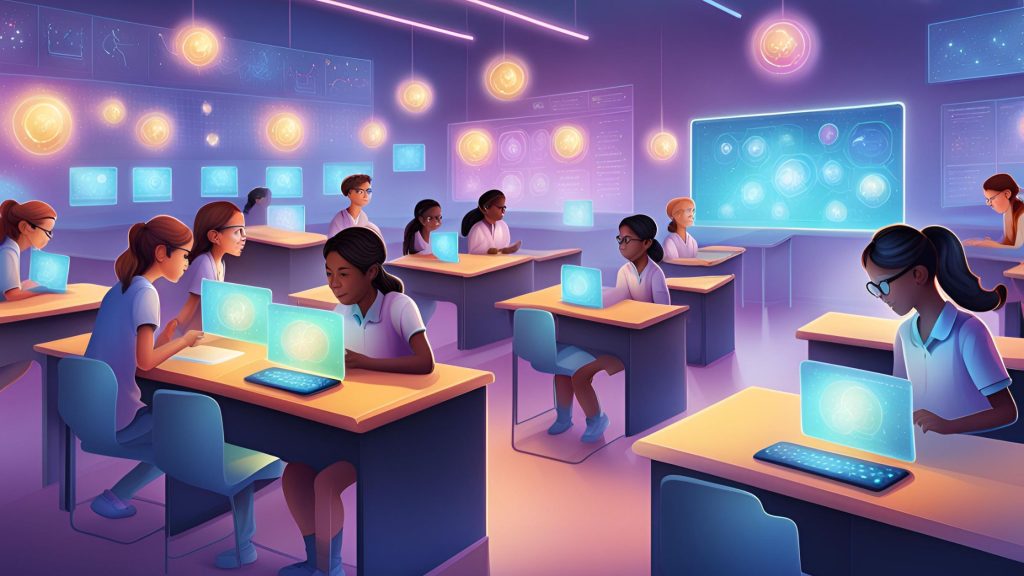
Building Composite Skill Labs in Schools
Building a composite skill lab in a school involves several key steps, from planning and design to implementation and integration.
1. Assess Educational Needs and Goals
Determine the skills and competencies the lab should support, such as STEM education, creative arts, digital literacy, or collaborative problem-solving. This helps in designing a lab that is both practical and inspiring.
2. Designing the Space
Design a space that can be easily reconfigured for different activities, such as science experiments, robotics, art projects, and group work. Modular furniture and movable partitions can help achieve this flexibility.
Create distinct zones within the lab for different types of activities—wet areas for chemistry, dry areas for electronics and robotics, and creative corners for design and arts.
WhatsApp Labkafe’s team of experts for a free lab consultation
3. Teacher Training
Provide ongoing professional development for teachers to effectively use the lab’s resources and integrate them into their curricula. Training should cover both technical skills and interdisciplinary teaching methods.
4. Ongoing Maintenance:
Establish a maintenance plan to keep the lab’s equipment and facilities in good condition. Regularly update the tools and technology to stay current with educational trends.
5. Future Expansion
Plan for future expansions or upgrades to the lab as the school’s needs evolve. This could include adding new technology, increasing space, or introducing new disciplines.
What Equipment Are Needed For the Skill Lab?
The equipment needed for skill labs can be decided based on the purpose of the lab:
- Basic Infrastructure: Ensure the lab is equipped with essential utilities like power outlets, water supply, ventilation, and internet connectivity
- Tools and Equipment: Invest in versatile, durable equipment that serves multiple purposes. For example, 3D printers, computers with design software, microscopes, and robotics kits
- Safety Equipment: Install necessary safety features, including fire extinguishers, first aid kits, eyewash stations, and protective gear. Clear safety instructions should be prominently displayed.
- Digital Tools: Incorporate digital tools and software that facilitate learning across disciplines, such as coding platforms, simulation software, and interactive whiteboards.
- Smart Classroom Features: Implement smart classroom technology to enhance learning, such as projectors, audio systems, and learning management systems (LMS) for managing student work.
Conclusion
The introduction of Composite Skill Labs marks a significant step towards enriching the educational landscape in India. By focusing on practical skill development, these labs are set to play a crucial role in shaping the future workforce, making education more relevant and impactful.
Contact our experts for a Free Composite Lab Design Consultation.
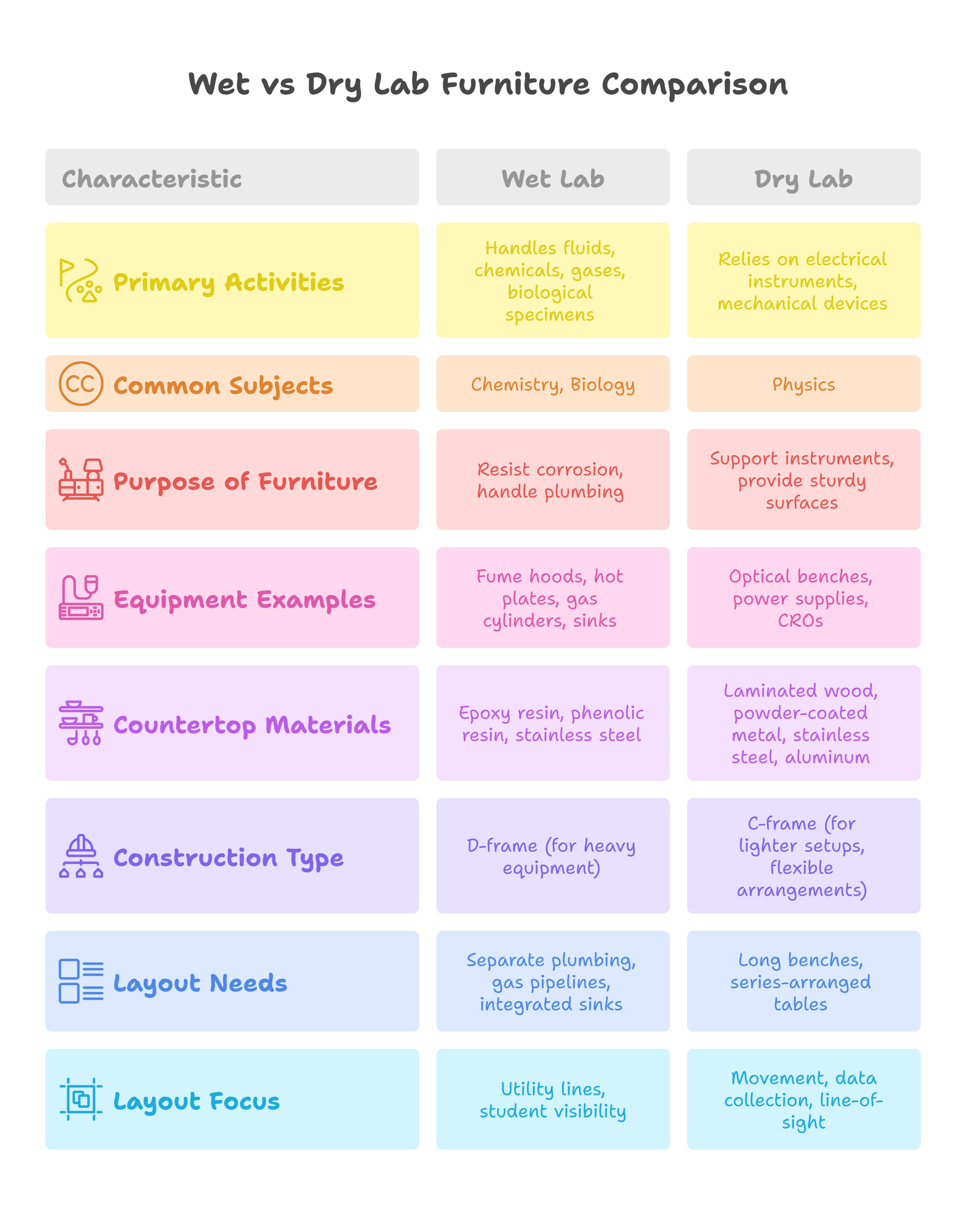
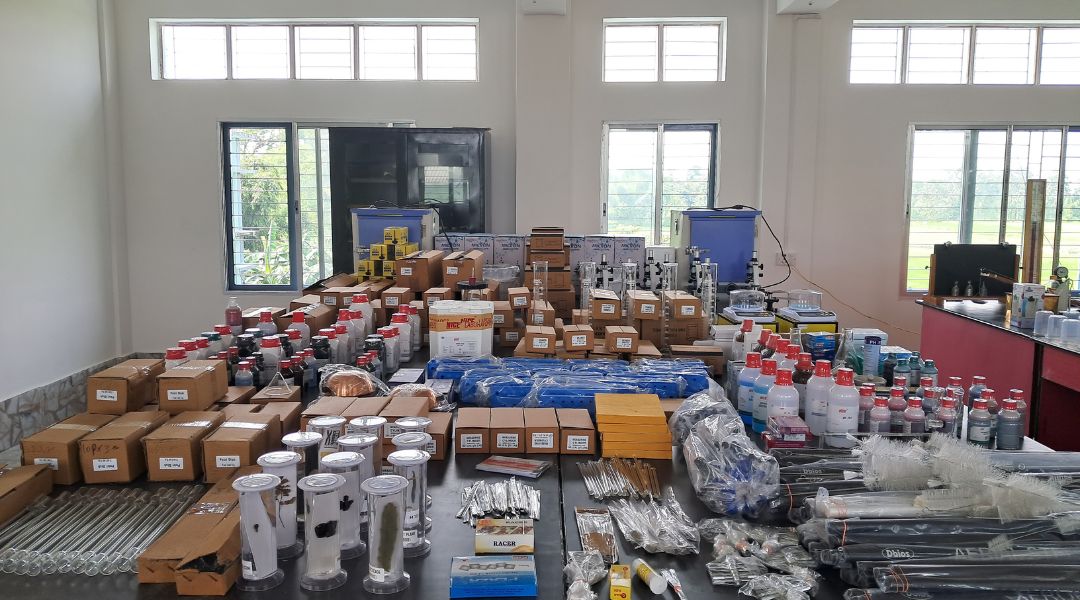

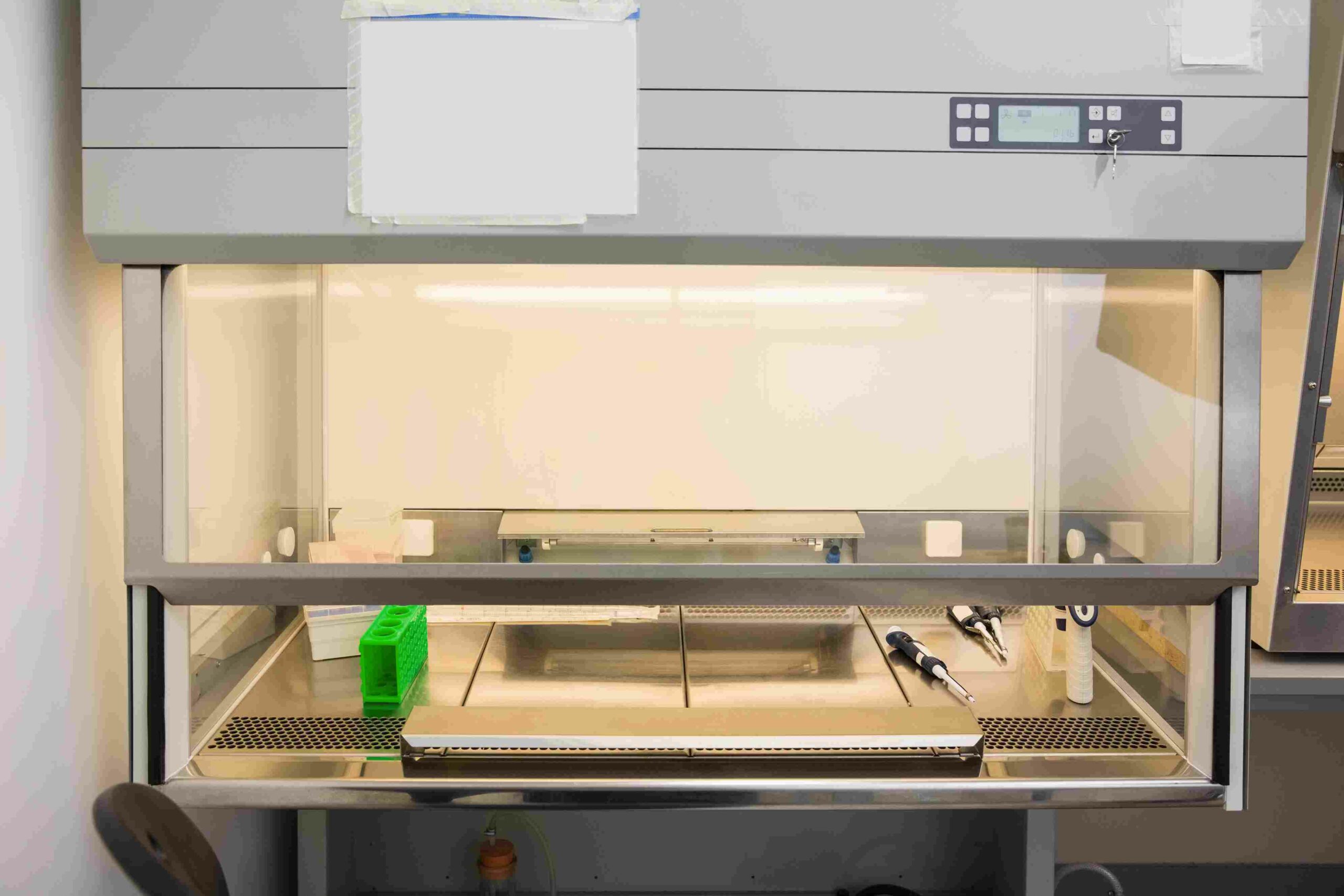
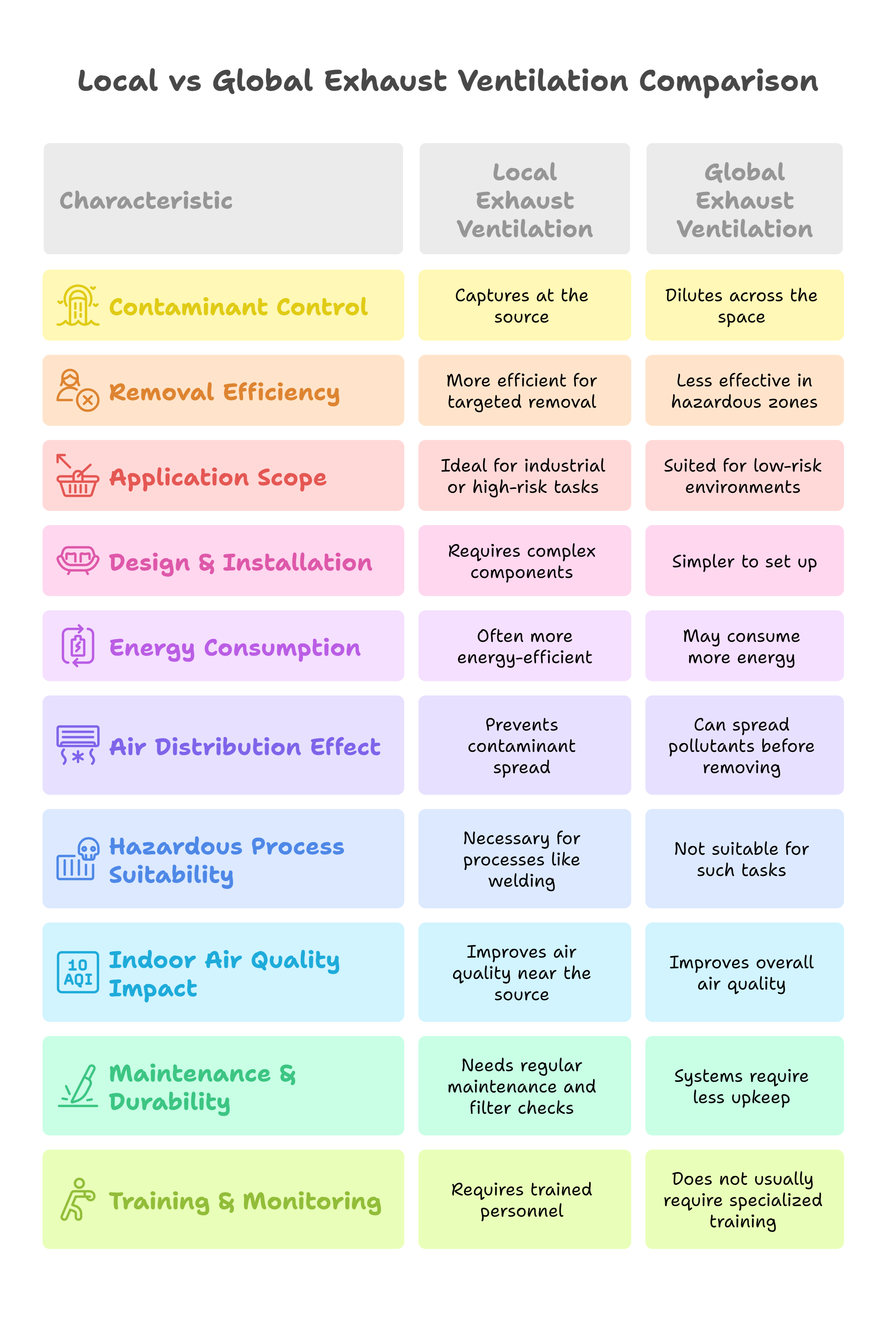
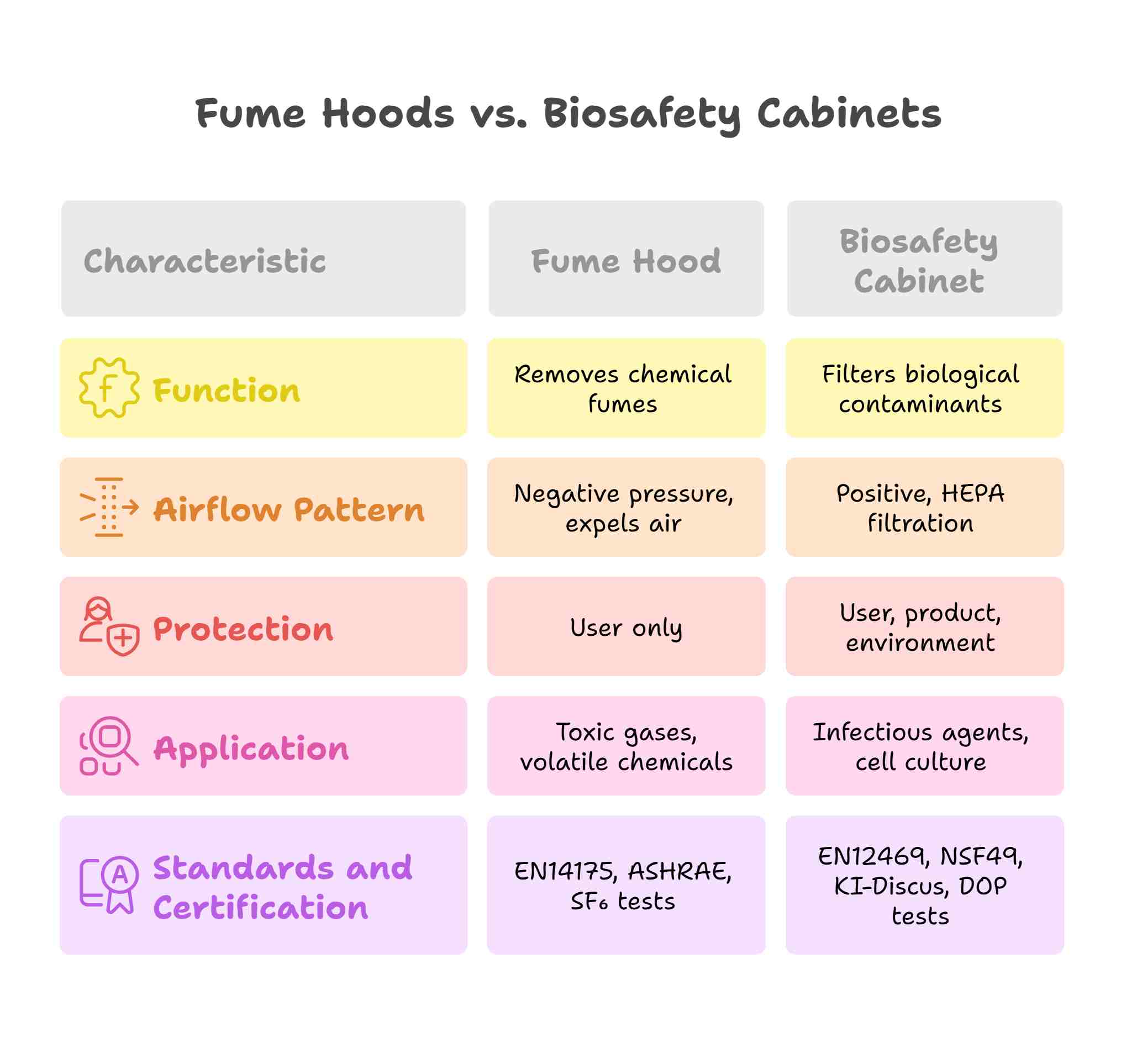

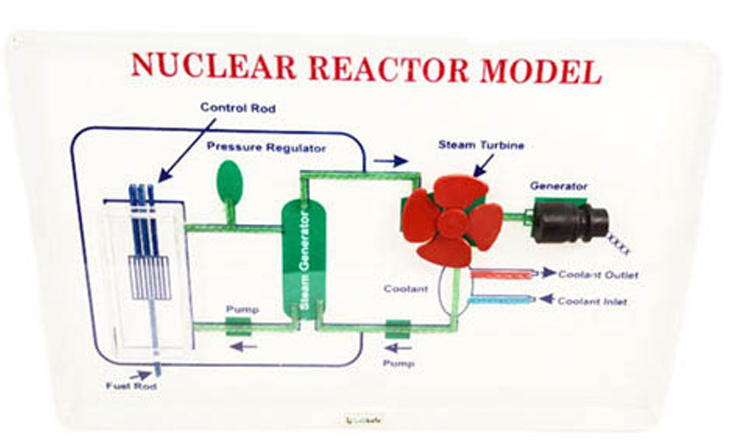
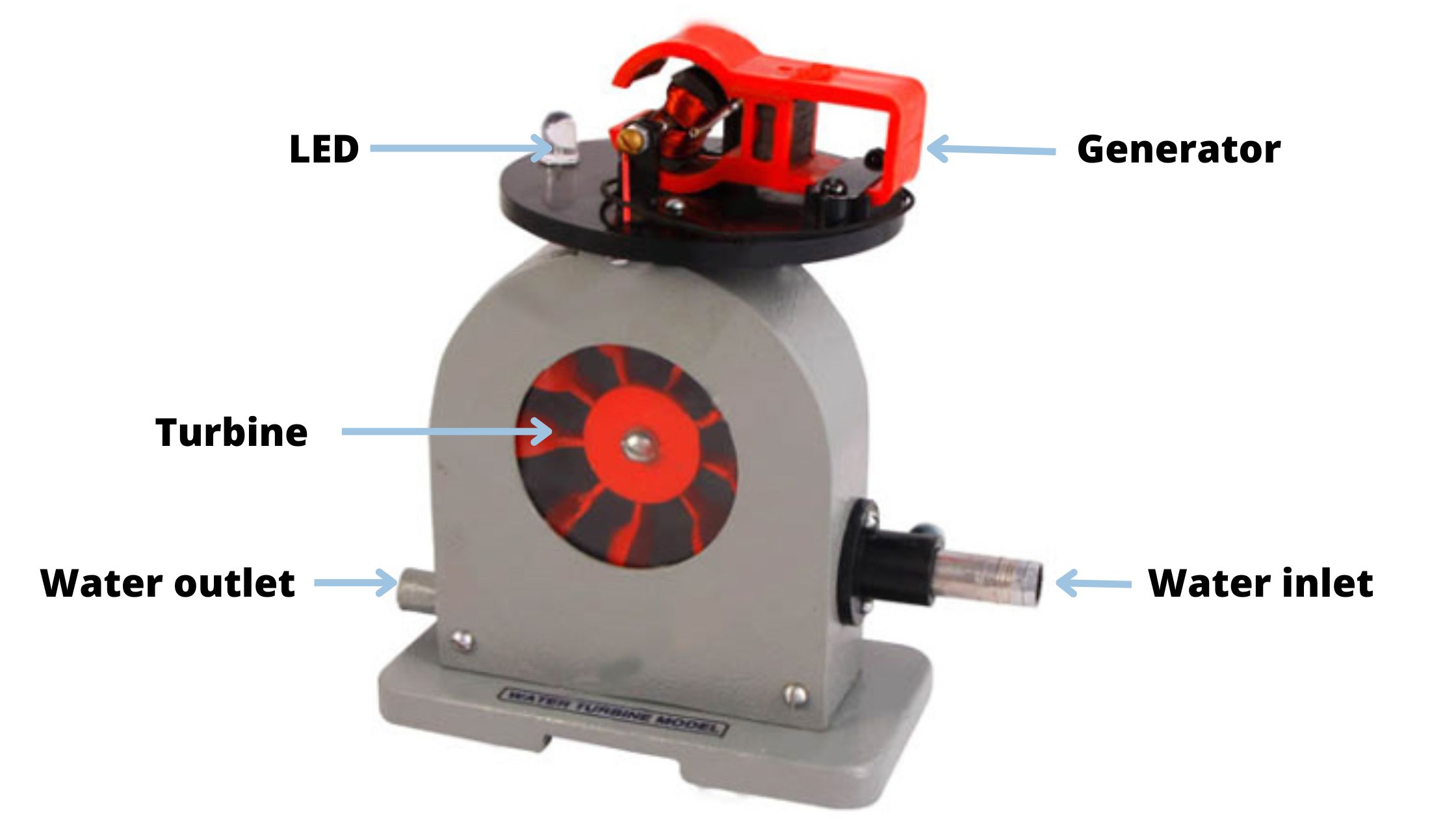
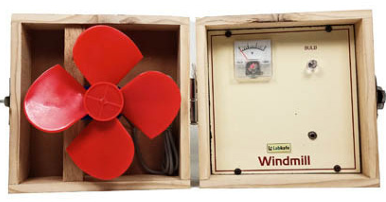
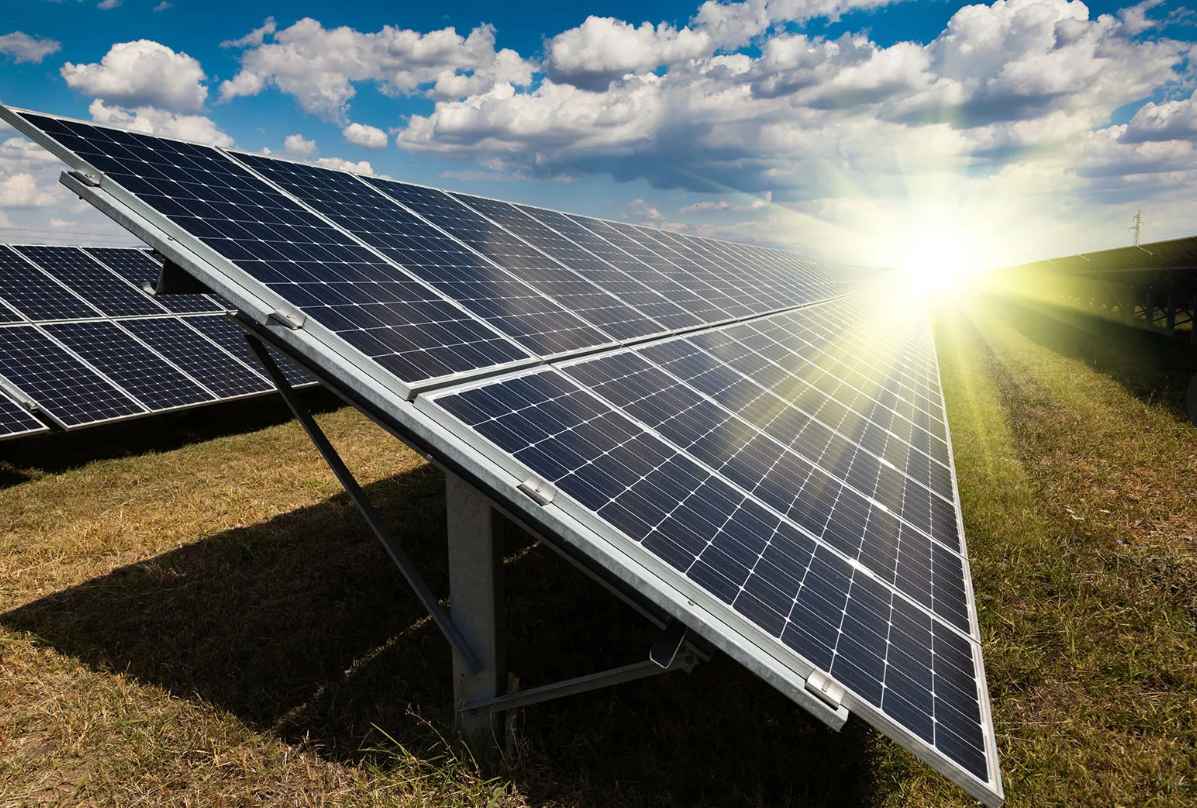
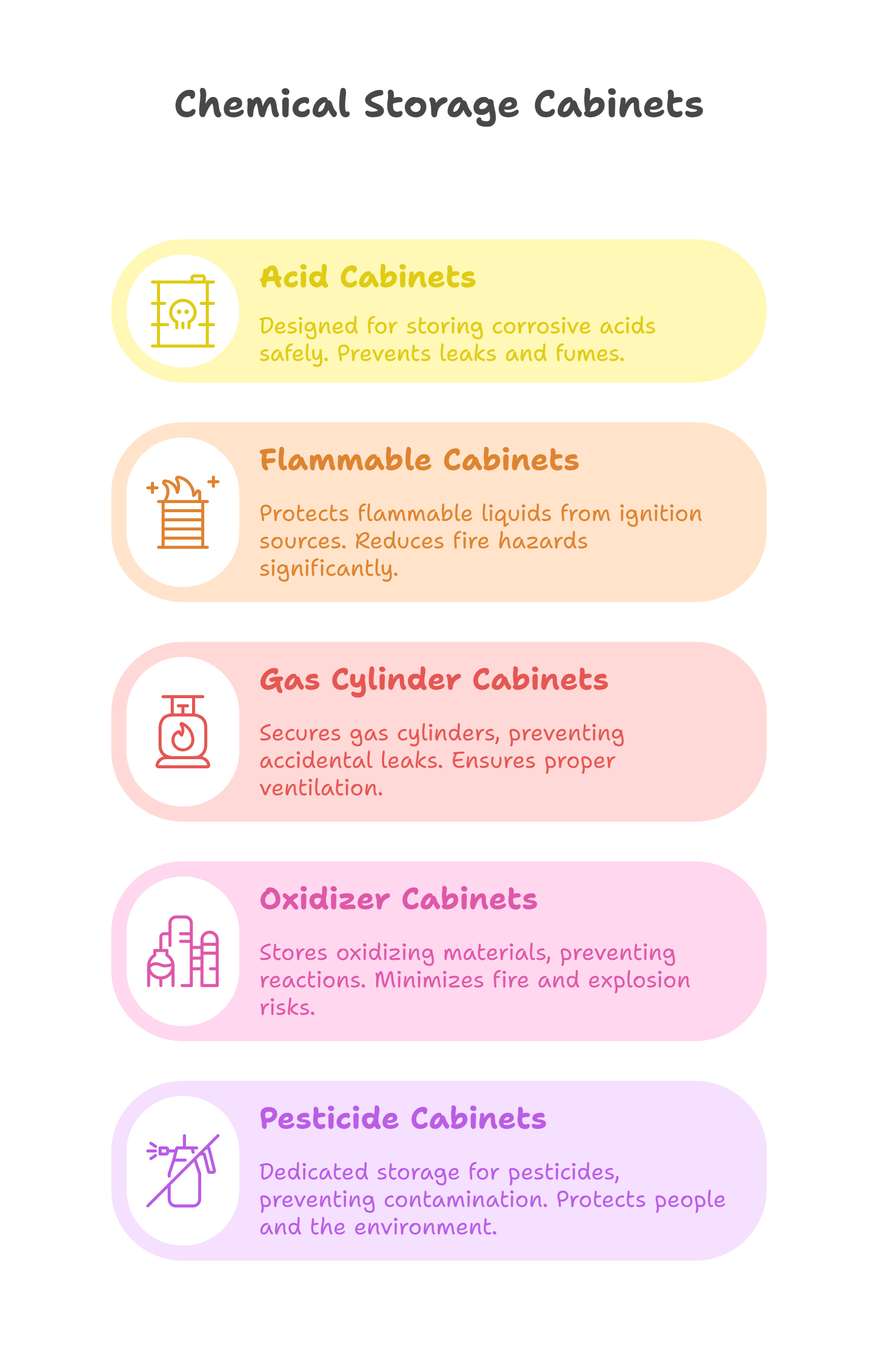
Leave a Reply